Native name Kenneth Caldeira Name Ken Caldeira | Role Scientist | |
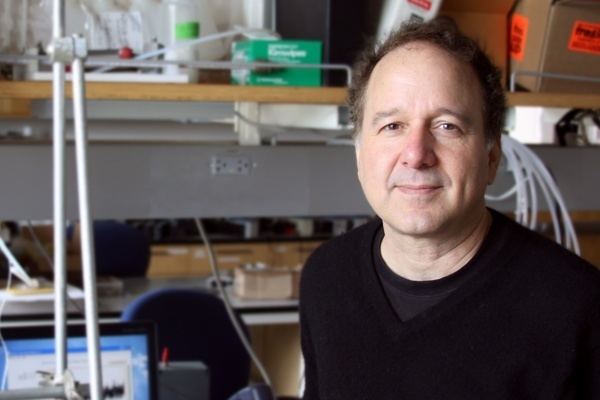 | ||
Institutions Carnegie Institution for ScienceStanford University Fields Energy, Environmental science | ||
Ken caldeira climate change elevator pitch
Kenneth Caldeira is an atmospheric scientist who works at the Carnegie Institution for Science's Department of Global Ecology. He researches ocean acidification, climate effects of trees, intentional climate modification, and interactions in the global carbon cycle/climate system. He also acted as an inventor for Intellectual Ventures, a Seattle-based invention and patent company headed up by Nathan Myhrvold.
Contents
- Ken caldeira climate change elevator pitch
- Geoengineering the risk management potential of climate engineering ken caldeira david keith
- Biography
- Works
- Press
- IPCC
- References
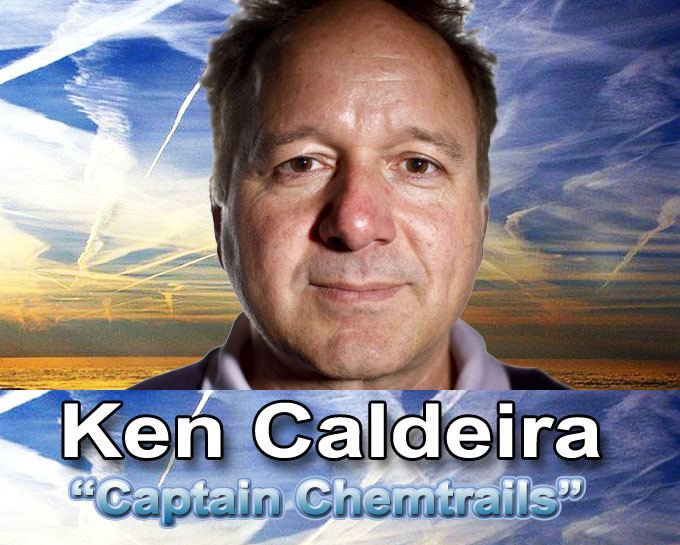
Geoengineering the risk management potential of climate engineering ken caldeira david keith
Biography
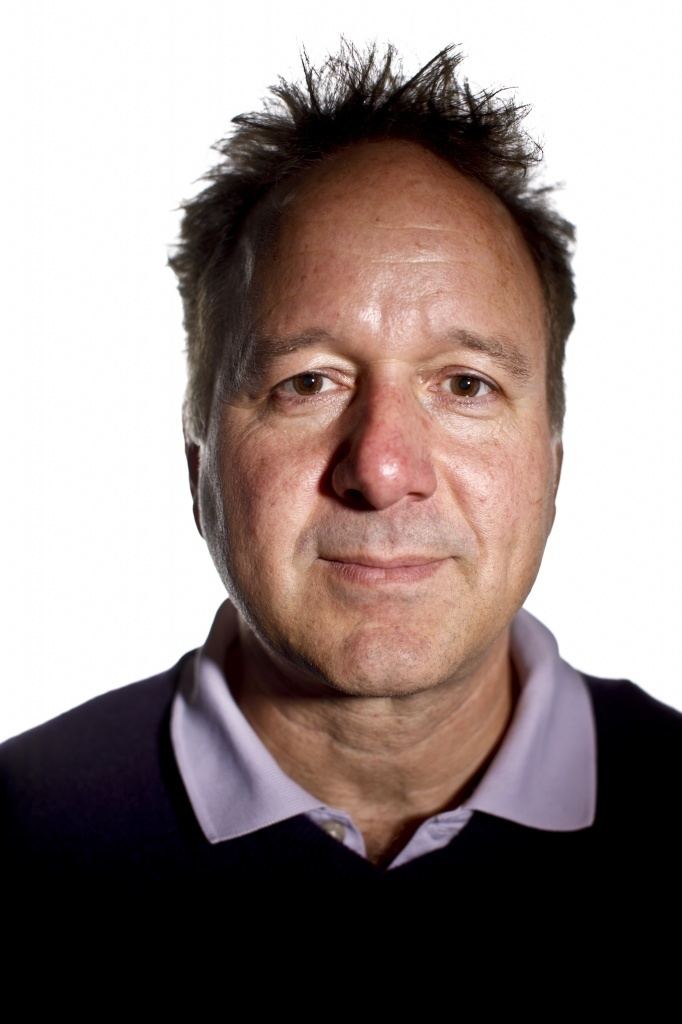
In the 1980s, Caldeira worked as a software developer. He received his Ph.D in Atmospheric Sciences in 1991 from the New York University Department of Applied Science. From 1991 to 1993, Caldeira worked at Penn State University as a post-doctoral researcher. He then worked as an Environmental Scientist and Physicist at Lawrence Livermore National Laboratory until 2005, when he began his current position at the Carnegie Institution: Department of Global Ecology. He was named a "Hero Scientist of 2008" by New Scientist magazine and listed as number 36 out of 100 Agents of Change in Rolling Stone magazine's 2 April 2009 list of 100 "artists and leaders, policymakers, writers, thinkers, scientists and provocateurs who are fighting every day to show us what is possible." Bill Gates, in his 2016 end-of-year blog post, referred to Ken Caldeira as “my amazing teacher”.
Works
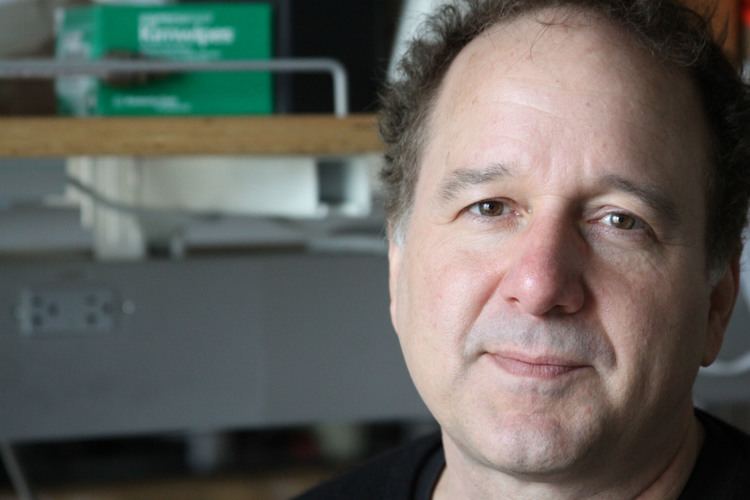
Among Caldeira’s key contributions to science are his relatively early recognition of the threats posed by ocean acidification, his pioneering investigations into the environmental consequences of intentional intervention in the climate system (“geoengineering”), and the first peer-reviewed study to estimate near-zero-emission energy needs consistent with a 2°C climate stabilization target. He has also played a central role in helping to elucidate what our understanding of long-term geochemical cycles implies for the fate of today’s carbon dioxide emissions. Caldeira served as a member of the committee producing the 2015 U.S. National Academy of Sciences report "Geoengineering Climate: Technical Evaluation and Discussion of Impacts". He is also a contributing author to the Intergovernmental Panel on Climate Change (IPCC) AR5 report Climate Change 2013: The Physical Science Basis. In 2010, he was a co-author of the 2010 US National Academy America's Climate Choices report, and was elected Fellow of the American Geophysical Union. He participated in the UK Royal Society geoengineering panel in 2009 and ocean acidification panel in 2005. Caldeira was coordinating lead author of the oceans chapter for the 2005 IPCC report on Carbon Capture and Storage.

Ken Caldeira is now a climate scientist at the Carnegie Institution for Science, where his job is “to make important scientific discoveries.” He also serves as a Professor (by courtesy) in the Stanford University Department of Earth System Science.
Press
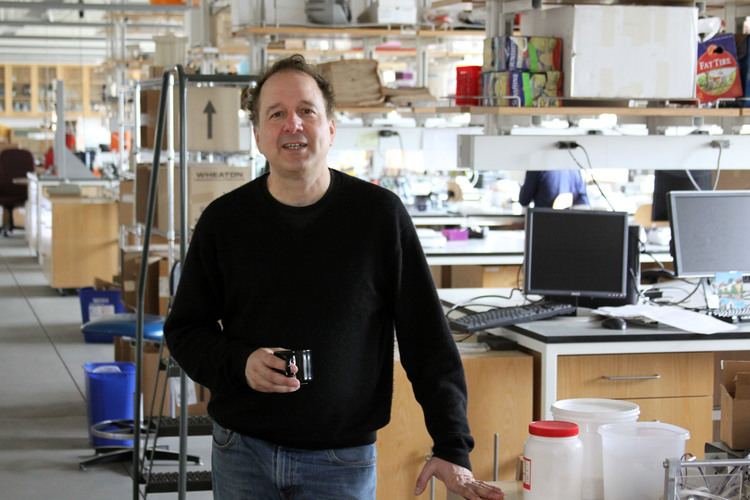
Caldeira's work was featured in a 14 May 2012 article in The New Yorker, entitled "The Climate Fixers" and in a 20 November 2006 article in The New Yorker, entitled "The Darkening Sea." In 2007, he contributed two op-ed pieces on the subject of global warming to The New York Times.
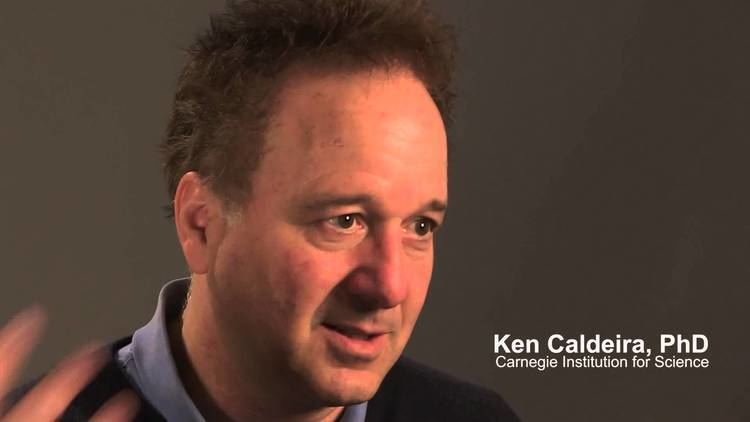
In response to the controversy caused by the book SuperFreakonomics over Caldeira's view on climate engineering, Caldeira rejected the suggestion that he had said, "Carbon dioxide is not the right villain". He responded by posting on his website, "Carbon dioxide is the right villain...insofar as inanimate objects can be villains." He said that while the other statements attributed to him by authors Steven Levitt and Stephen Dubner are "based in fact", the casual reader could come up with a misimpression of what he [Caldeira] believes.
IPCC
In 2011, Caldeira resigned as a lead author of an IPCC AR5 chapter, stating "Again, I think the IPCC has been extremely useful in the past, and I believe the IPCC could be extremely useful in the future. [...] My resignation was made possible because I believe that the chapter team that I was part of was on the right track and doing an excellent job without my contribution. Had I had a scientific criticism of my chapter team, you can be assured that I would have stayed involved. So, my resignation was a vote of confidence in my scientific peers, not a critique."
Caldeira has argued for a policy goal of zero carbon dioxide emissions. In 2005, he said, "If you’re talking about mugging little old ladies, you don’t say, ‘What’s our target for the rate of mugging little old ladies?’ You say, ‘Mugging little old ladies is bad, and we’re going to try to eliminate it.’ You recognize you might not be a hundred per cent successful, but your goal is to eliminate the mugging of little old ladies. And I think we need to eventually come around to looking at carbon dioxide emissions the same way.". In 2014, he said, "It is time to stop building things with tailpipes and smokestacks. It is time to stop using the sky as a waste dump for our carbon dioxide pollution."
In 2013, with other leading experts, he was co-author of an open letter to policy makers, which stated that "continued opposition to nuclear power threatens humanity's ability to avoid dangerous climate change."
